Texas Roof Tax Credits: Qualify Before Year End
By Shantell Moya · 3 days ago · 14 min read
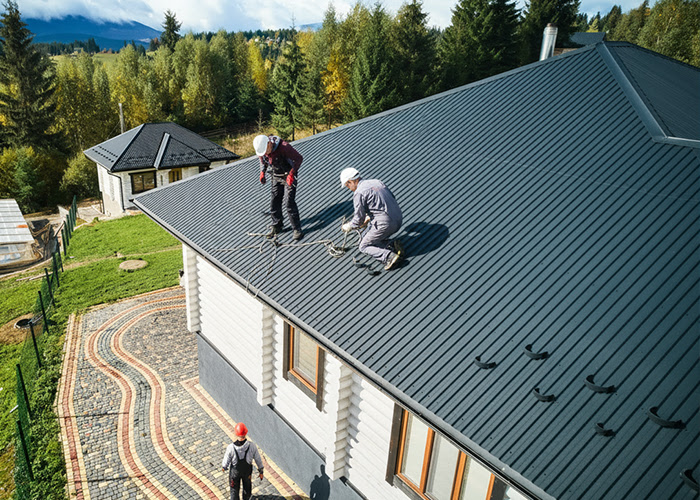
Texas homeowners can get a federal tax credit when they install energy-efficient roofing on their primary residence. A tax credit is a big deal because it cuts down what you owe dollar-for-dollar. A deduction just lowers your taxable income, and it isn’t nearly as worthwhile.
The formula is 30% of whatever you spend on qualified materials and installation. Roofing gets a bit tricky, though, because most standard materials won’t qualify unless they have an Energy Star certification. And even when the products do qualify, the requirements are all over the place. Some materials hit a $500 lifetime cap, while others can reach $1,200 each year.
Energy-efficient roofing makes plenty of sense in Texas, where the summer temperatures are brutal. Hail damage is another story, though. Insurance payouts affect which costs you can claim for the credit. The installation timing also matters. The IRS only cares about when the work was completed – not the time you bought the materials.
We need to cover which products qualify and how to hang onto the right paperwork for your return.
Let’s talk about how you can spend less on your roof before the time runs out!
Federal Tax Credits for Your New Roof
The federal government has a pretty generous program in place to help homeowners cut costs on a new roof. It’s actually a tax credit and works quite a bit differently from those usual deductions that most of us are familiar with. A credit directly lowers what you owe the IRS dollar for dollar. Every dollar of the credit literally equals one less dollar out of your pocket when tax time rolls around.
This particular credit covers 30% of your qualified roofing materials cost. Some materials do have limits on them, though. For example, some types of asphalt shingles are capped at $500 total for the credit amount. IRS Form 5695 is what you’ll file to claim it, and the whole process gets explained below.
Texas homeowners have an especially strong reason to look into this credit. The right roof materials can significantly cut down the workload on your AC system and can also mean lower electricity bills month after month and equipment that lasts years longer.
Hail damage gives you an interesting opportunity with this tax credit. Your insurance claim and the energy credit can work together in a way that benefits you. You pay for the energy-efficient materials yourself, and then the credit gives you money back at tax time. There’s one catch that actually matters, though. The credit only works for the home that you actually live in. Rental properties are out of the picture.
I’ve seen even experienced tax pros miss these credits when they do returns. The details can get pretty tricky. Your best bet is to find out which materials meet the energy requirements before you make any purchases.
Energy Star Requirements for Your New Roof
The materials for your roof replacement are actually a pretty big deal when we’re talking about tax credits. A salesperson might promise you that every shingle or metal panel out there will qualify. But that’s just not how it works in practice.
Metal roofs that carry the Energy Star certification have to use these particular types of pigmented coatings, and there’s a strong reason for that requirement. These particular coatings are designed to bounce sunlight away from your home instead of letting that heat soak right through into your attic. Asphalt shingles work in a similar way when they have cooling granules built into them during manufacturing. These little granules act as miniature mirrors that bounce heat back up into the sky where it belongs.
Contractors love to talk about reflectivity ratings and solar reflectance values, and it sounds complicated, but it isn’t. All it means is that your roof has to send back a specific percentage of the sun’s heat instead of absorbing it.
One area where I see tons of confusion is around solar panels and solar roofing systems. These actually qualify for a different credit that’s worth 30% with no cap on it. It’s separate from the standard roofing credit, and yes, you can claim both if you install qualifying roofing materials and then add solar panels on top of them.
The climate zones throughout Texas can also affect which particular materials are going to work best for your situation. The products that qualify in humid Houston might not be the same ones that work well in dry El Paso – even though the certification standards themselves remain the same across the state. Always check for that Energy Star logo and the certification statement in the product literature. Any contractor who can’t show you this paperwork probably isn’t the right one for your project.
Beat the December 31st Tax Credit Deadline
The calendar does become a problem if you wait until the last minute to start a roof project for tax credit purposes. The contractors who are decent at what they do get overwhelmed with calls in November and December. Homeowners suddenly know that the year is almost over, and they need to act fast. When you call around for quotes, you’ll hear the exact same response from everyone. They’re already booked and won’t have any openings until sometime in January.
Texas weather makes everything even more complicated than it needs to be. Monday could be 70 degrees with perfect blue skies. Tuesday afternoon, a cold front rolls in and brings rain for the next five or six days straight. Contractors can’t install roofing materials in wet conditions, and your project gets delayed. Then it gets delayed again, and probably one more time after that.
The permit processing in big cities like Houston and Dallas brings another layer of frustration to the whole situation. After you submit all your paperwork, the waiting game begins. The days turn into weeks. Maybe three weeks later, if you’re lucky, the approval finally comes through. The problem is that by then it’s already mid-December. Your contractor has five other jobs that were scheduled before yours, and each one has to be completed first.
This scenario happens more and more these days. A homeowner orders the right energy-efficient materials in November and feels confident about their timeline. The weather delays hit, and the permits take forever, and suddenly, the installation isn’t finished until January 3rd. The IRS won’t accept any excuses about how hard you tried to meet the deadline. All they care about is the date when your roof was placed in service – when it’s installed and ready to protect your home.
A better approach is to work backward from December 31st if you need that tax credit this year. In a big city, you’ll want at least eight weeks of buffer time to be safe. Figure two weeks minimum for permit processing, another two weeks for possible weather delays, and four full weeks for the installation work. Simple math tells you that early November is the latest that you can start this whole process and still have a decent shot at finishing on time.
Keep Your Tax Credit Papers Ready
To begin, anyone wanting to claim these tax savings is going to need the right paperwork ready to go. The IRS is pretty strict about Energy Star roof credits, and they won’t accept that you bought the right materials without some solid documentation to back it up.
Your contractor should have already handed you a manufacturer certification statement at some point during the project. It’s just a paper that proves your roofing materials actually meet the Energy Star requirements. Lots of contractors forget to include this with their final paperwork, though, and if that happens to you, just give the manufacturer a quick call. Most of them can get these statements over to you by email in a day or two, and sometimes even on the same day if you’re lucky.
Every single receipt needs to go into a folder somewhere safe. What you need are invoices that break down the material costs separately from the labor charges. The tax credit is only valid for the materials themselves (not for the work to install them), so you need that separation on paper. Also, make sure that your final invoice has the exact completion date on it somewhere. December 31st is when the eligibility ends each year, and you’ll need proof that your project was done before that deadline.
Go and take photos of your roofing materials as quickly as possible if they’re still sitting around waiting for installation. Get sharp, focused pictures of the packaging where you can read the model numbers and the product names. Way too many homeowners just let the crew haul away those boxes, and then months later, they’re desperately trying to track down the product information for their taxes. Tax preparers usually don’t know much about roofing products or Energy Star requirements either, so the more complete your documentation is from the start, the easier everything goes when April rolls around.
Any local permits and inspection certificates need to go in that same folder, too. Every city in Texas has its own permit requirements for roofing work, and some are stricter than others. Whatever your particular city made you get, just keep copies of it together in one place. The IRS doesn’t audit these credits very much at all. When they do, though, they want to see every bit of documentation lined up and ready.
The Money You Get Back
Real numbers are what actually matter when you’re ready to invest thousands of dollars in a brand-new roof for your home. A metal roof that costs you $10,000 and meets the energy efficiency standards can qualify for a $3,000 federal tax credit – that’s $3,000 that comes straight off of what you owe the IRS at the end of the year. Different roofing materials have different credit caps, and you should know these limits when you’re picking which materials make the most sense for your project.
A tax credit works differently from a deduction, and the difference between these two concepts makes a big difference for your wallet. With your Texas property taxes, for instance, a deduction just lowers the amount of income that gets taxed. A credit cuts down your tax bill dollar for dollar instead. So if you owe $5,000 in federal taxes and you qualify for a $3,000 roof credit, then you’ll only have to pay $2,000 to the IRS.
Insurance claims make everything a bit more complicated. Maybe hail destroyed your roof last spring, and your insurance company agrees to cover $7,000 of your $10,000 replacement cost. In that case, you can only claim the tax credit on the $3,000 that you actually paid out of your own pocket. The IRS has policies against double-dipping on money that somebody else already paid.
Labor costs usually qualify for the credit as well, and that’s great news for most homeowners. Your contractor’s entire installation fee also counts toward your total eligible expense for the credit. And if you need to finance the roof through a loan or payment plan, that’s fine too. The IRS doesn’t care if you pay cash up front or take out a loan to cover the costs.
Texas homeowners have become pretty thoughtful about the timing of their roof replacements. After storm damage hits, they file their insurance claim quickly, but then choose energy-efficient materials for the replacement. The beauty here is that they can get their full insurance payout and still qualify for those tax credits.
Mistakes That Can Cost You the Credit
Tax credits for roofing can be very frustrating when homeowners discover at the last minute that their projects don’t actually qualify for them. Texas homeowners run into this problem constantly and usually only find out after they’ve already paid for the entire roof installation.
One big misconception is that any roof that a contractor describes as “energy efficient” automatically qualifies for the tax credit. That isn’t true at all. The roofing product that you choose has to have an up-to-date Energy Star certification, and you absolutely need to confirm this before you make any purchases. Some roofing materials that qualified for the credit last year don’t qualify anymore because Energy Star has changed its standards, and the products no longer meet the new requirements.
Homeowners who don’t pay close attention to the fine print usually struggle with the timing of their projects. Maybe you go ahead and buy all your materials in December and feel satisfied about it. The problem is that when your contractor doesn’t finish the installation until January, then you’ve missed your window. The entire project has to be finished and done by December 31st if you want to claim it on that year’s tax return.
A lot of homeowners also don’t know that these credits will only apply to your primary residence, where you actually spend most of your time. Owning a rental property somewhere else in town or maybe having a vacation home on the lake won’t help you get the credit; any roofing work on those properties won’t qualify.
The distinction between replacement and repair causes confusion for plenty of homeowners as well. Just fixing some damaged areas or maybe swapping out a handful of shingles won’t qualify you for the credit. The credit specifically needs you to replace the entire roof system from start to finish.
DIY projects have their own set of challenges that can cost you the credit. Perfect installation work, all by yourself, might still create problems. Most cities throughout Texas require you to get the right permits and to have official inspections done for any roofing work. Without those official documents in hand, you might lose the opportunity to claim the credit even though you did everything else correctly.
A Secure Home Starts with a Solid Roof
The clock is ticking on those 2025 tax credits. You need to move fast to get them. Homeowners who jump on this opportunity right now are going to get immediate tax relief and years of lower energy bills during those brutal Texas summers.
These tax credits are locked in through 2032, which is great news for homeowners who’ve been on the fence. But this year’s caps and requirements might also actually help you more than they will later. Your best bet is to get contractors on the phone soon to find out if they can finish your project before the deadline hits – and while you’re at it, ask about the certifications that your new roof needs to qualify for the credit. Make sure to bring your tax professional into the conversation early because everybody’s financial situation is different, and you want to maximize every possible dollar of savings.
The time and effort that you put into your documentation pays off when tax season arrives. Your tax return will show significant savings, and those energy bills are going to drop noticeably month after month. Texas homeowners who act now are making an investment that continues to bring returns year after year – a more comfortable home with lower utility costs and a big refund from the government that goes straight into your pocket.
At Roof Republic, we take care of commercial and residential roofing projects from our main office right here in Texas. We service the entire Greater Houston Area, which includes Magnolia, Tomball, Cypress, Conroe and a few other cities nearby. Tax credit documentation can be hard to understand, but we know what paperwork you need, and we can make sure your new roof qualifies for the Energy Star requirements. Give us a call for a free inspection, and we’ll treat your roof with the care and professionalism that it deserves. We want to help so you can protect your investment, help your family stay safe and get those tax credits before the year runs out.
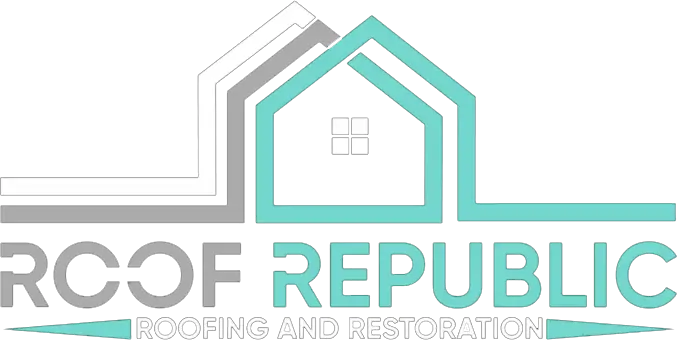
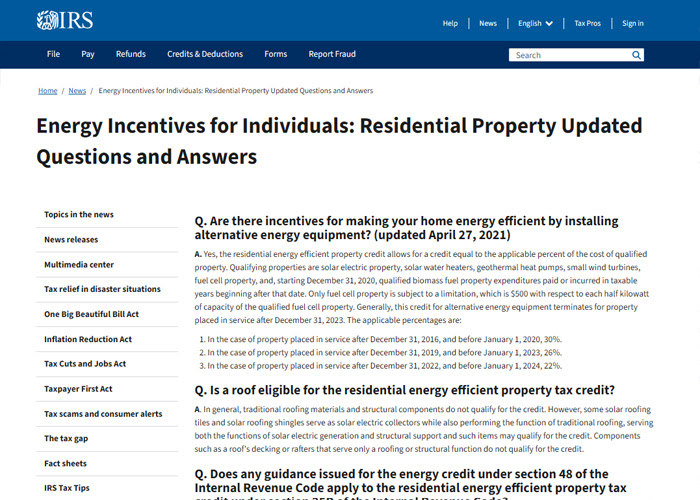
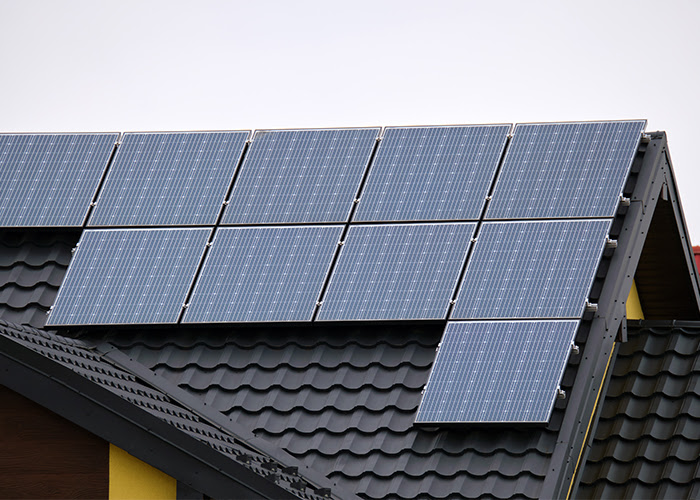

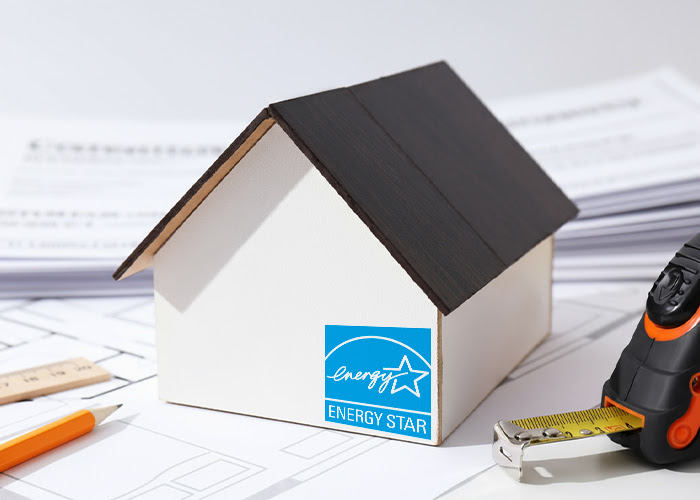

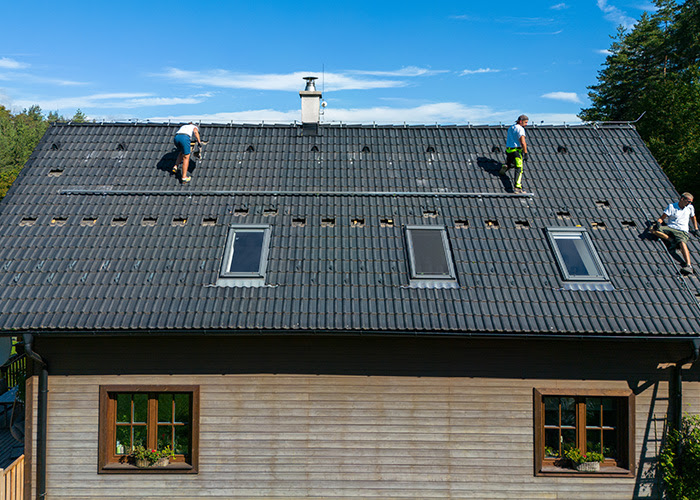

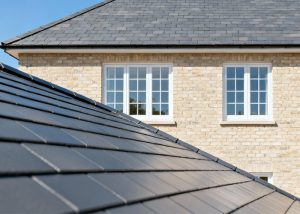

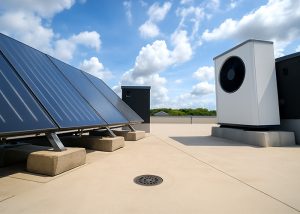
Comments
Sort by: